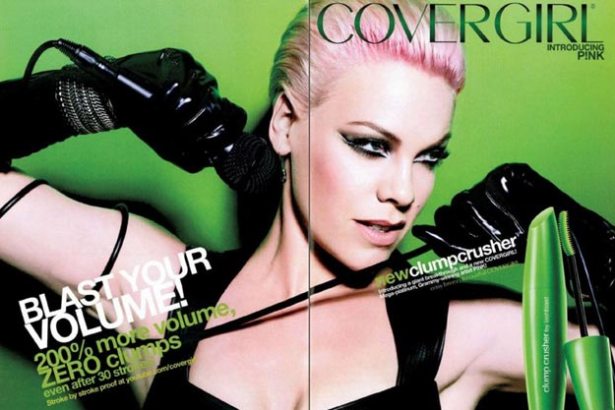After reading many blog entries, the majority of individuals agreed that satirical news reports are a good addition to the public sphere. Many people also stated that these reports are, in fact, real, accurate news presented in a comical manner and perhaps slightly more opinionated than regular news reports. Another common shared view is that many bloggers stated they were more inclined to watch satirical news as regular news can be boring. Thus, satirical news gets an audience thinking about important issues, while presenting news in a creative way. Thus, the general view is that satirical news reportages present accurate, current news, just as reliable as traditional news reportages.
Generally, satirical news reports are seen as reliable, and most blogs I read agreed on this. As stated on Erica Pirbus’ blog, “…these shows are still reporting current news stories; they are just reporting it differently than how a regular news show like Global News would”. Again, this view is shared by Allison Sparham’s who states that, “The objectives of satirical news are largely the same: to take a well-known news story, and raise awareness about it in a comedic, satirical way”. A common theme in most blogs is that satirical news are reportages of real news stories also shown in traditional news reportages, and therefore, they are reliable. As stated in Shannon White’s blog, “The main idea of culture jamming is bringing things into a new light that people may not have already noticed”, also expressing the idea that satires are accurate information, with the difference that they show a more interesting view on a news story. For the most part, individuals seem to trust satirical news reports as they do traditional news ones.
Along with the rising of culture jamming, I personally believe that there are some negative results regarding how much people actually trust satire news stories. Some main concerns of this are: A main concern tied to satirical news reporting is; are consumer dissatisfaction, apathy as a result of this, and dependability of the opinions presented in satirical news reportage.
Today, we see a rise of satires as news reports, and each is competing to be more creative and entertaining. This means that the audience will expect more creativity and may become dissatisfied. As a result, an apathetic attitude from individuals may bring about an overall dissatisfaction with all kinds of news reporting. This brings up the question of are audiences really taking issues seriously, or are they solely watching satirical news for the sake of entertainment? Also, are people more or less inclined to take action on serious political and or social issues? Since satirical news reportage is poking fun at an issue, it can be assumed that it is biased. Thus the last issue I’d like to bring up is the idea of dependability raising the question; are people avoiding traditional news reportage in order to avoid choosing a side on an issue?
To conclude, even though the majority of people trust satirical news, there can be significant consequences if people do not watch/read these news reports with a critical eye. Of course, I also believe these consequences listed above are worst case scenarios. I like to believe that people do, in fact, take interest on important issues in society and therefore, still question opinions presented in satires, whilst being entertained also.
Blogs Used
http://allisonsparham.wordpress.com/2013/11/22/is-the-fake-news-the-real-news/
http://era-nicolexo.blogspot.ca/2013/11/is-fake-news-real-news.html
http://shanwhite95.blogspot.ca/2013/11/is-fake-news-real-news.html

